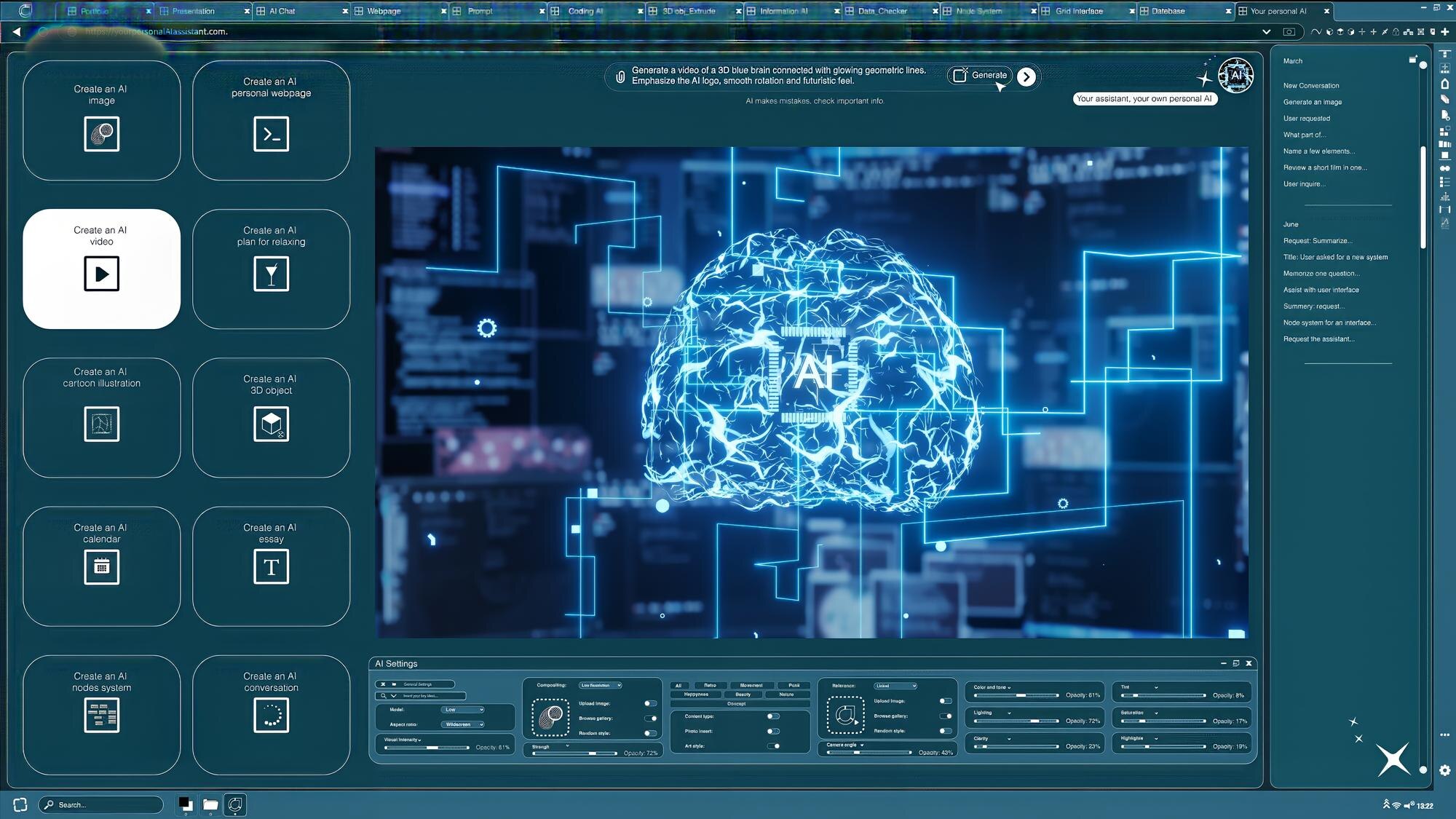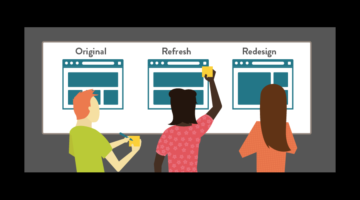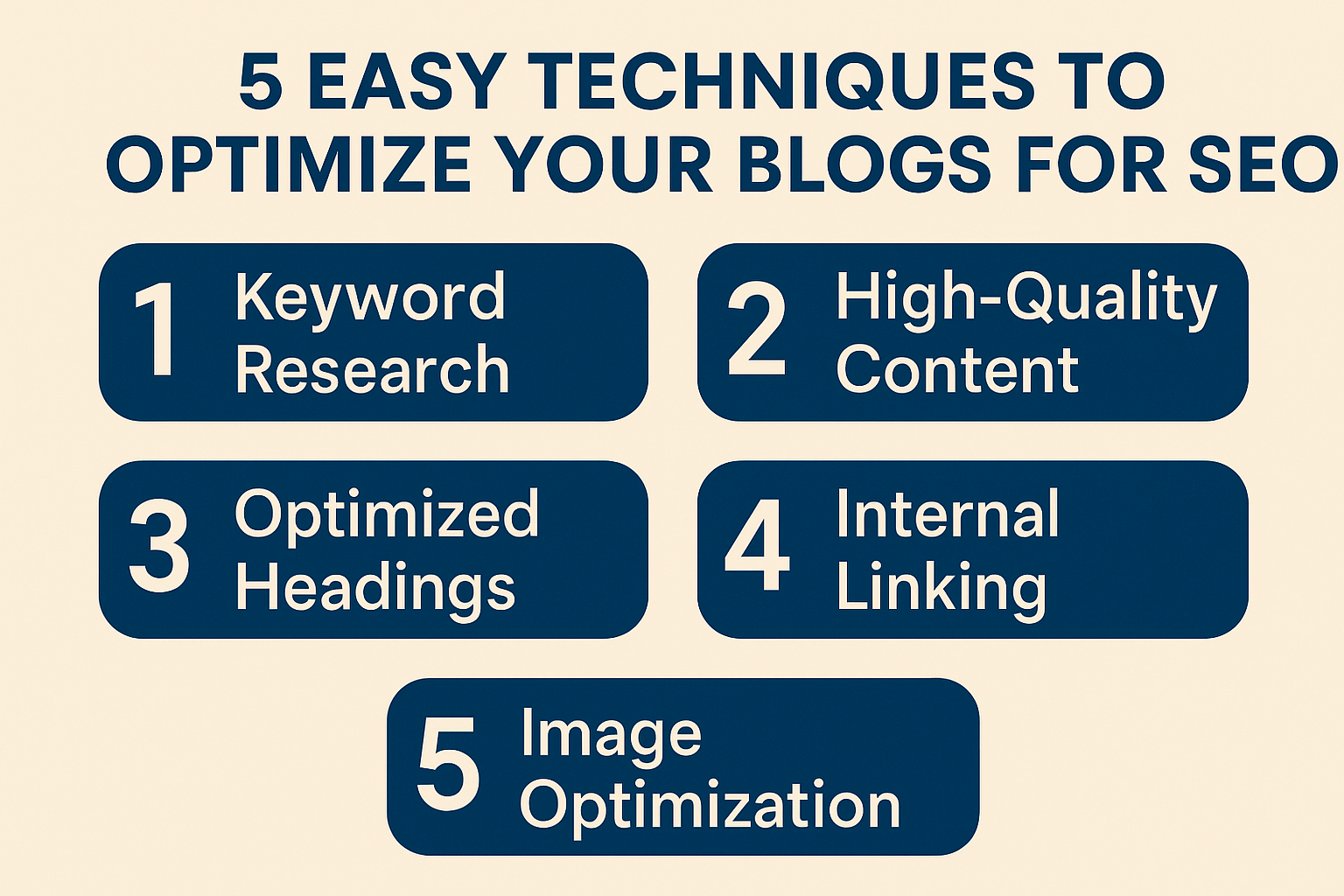Web Design Trends
Staying Ahead in Kansas City: Essential Web Design Trends for Local Businesses
In today’s fast-paced digital world, staying ahead of web design trends is crucial for local businesses in Kansas City aiming to maintain a competitive edge. As 2025 approaches, the integration of AI in web design is transforming how enterprises craft their online presence, offering tools that predict user needs and enhance customer interaction. Personalization has emerged as a key factor in driving conversions, as tailored user journeys foster stronger customer loyalty and engagement. Meanwhile, accessibility in web design has taken center stage, with businesses needing to meet WCAG standards to ensure their websites are inclusive and legally compliant. As browsing habits shift, mobile-first design and voice search optimization have become essential components of a successful digital strategy. This post will guide you through these pivotal changes and highlight why local businesses must adapt to remain relevant in the evolving web landscape. According to recent research, these trends are reshaping online experiences in significant ways.## AI in Web Design

As we approach 2025, AI is revolutionizing web design, offering tools that enhance creativity and user experience. This section explores how AI-driven design assistants and predictive user experiences are shaping the future of web design.
AI-Driven Design Assistants
AI-driven design assistants are transforming the web design process, making it more efficient and innovative. These tools use machine learning algorithms to analyze design trends and user preferences, offering suggestions for layout, color schemes, and typography.
Designers can now focus on creative aspects while AI handles repetitive tasks. For example, AI can generate multiple design variations based on a single concept, allowing designers to quickly explore diverse options.
Recent studies show that AI-driven design assistants can reduce design time by up to 30%, enabling faster project turnaround and increased productivity.
Predictive User Experiences
Predictive user experiences leverage AI to anticipate user needs and behaviors, creating more personalized and engaging websites. This technology analyzes user data to predict preferences and tailor content accordingly.
By understanding user patterns, websites can dynamically adjust their layout, content, and functionality to meet individual needs. This results in improved user satisfaction and higher conversion rates.
For instance, an e-commerce site might use predictive AI to showcase products a user is likely to be interested in, based on their browsing history and purchase behavior.
Personalized User Journeys

Personalization has become a key factor in web design, as tailored user journeys have a significant impact on user engagement and conversions. This section explores how personalized websites can increase conversions and foster customer loyalty.
Tailored Websites for Conversions
Tailored websites utilize data-driven insights to create personalized experiences for each visitor, resulting in significantly higher conversion rates. By analyzing user behavior, demographics, and preferences, websites can offer customized content, product recommendations, and calls-to-action.
This level of personalization makes users feel understood and valued, increasing the likelihood of conversion. For example, a clothing retailer might show different homepage layouts to various user segments based on their style preferences.
Studies have shown that personalized websites can increase conversion rates by up to 400%, making this a crucial strategy for businesses looking to maximize their online presence.
Enhancing Customer Loyalty
Personalization plays a crucial role in building and maintaining customer loyalty. By offering tailored experiences, businesses can create stronger connections with their audience, encouraging repeat visits and long-term engagement.
Personalized user journeys can include customized content recommendations, targeted email campaigns, and personalized loyalty programs. These strategies make customers feel valued and understood, fostering a sense of brand loyalty.
For instance, a news website might offer personalized article recommendations based on a user’s reading history, keeping them engaged and encouraging them to return for more relevant content.
Accessibility as a Priority

Web accessibility has become a critical consideration in web design, ensuring that websites are usable by people of all abilities. This section examines the significance of adhering to WCAG standards and incorporating inclusive design principles.
Meeting WCAG Standards
Web Content Accessibility Guidelines (WCAG) provide a framework for creating accessible websites. Meeting these standards is not just about compliance; it’s about ensuring that your website is usable by everyone, regardless of their abilities.
Key areas of focus include providing text alternatives for non-text content, ensuring content is perceivable and operable with keyboard navigation, and making content understandable and robust across different devices and assistive technologies.
Experts predict that by 2025, WCAG compliance will be a standard requirement for all websites, making it crucial for businesses to prioritize accessibility now.
Importance of Inclusive Design
Inclusive design goes beyond meeting accessibility standards; it’s about creating experiences that cater to the broadest possible audience. This approach considers diverse user needs from the outset of the design process, rather than as an afterthought.
Inclusive design benefits everyone, not just users with disabilities. For example, clear and simple navigation helps users with cognitive impairments, while also improving usability for all users.
By implementing inclusive design principles, businesses can expand their reach, improve user satisfaction, and demonstrate their commitment to social responsibility.
Mobile-First and Voice Search

With the increasing use of mobile devices and voice-activated assistants, designing for these platforms has become crucial. This section explores how to adapt to current browsing habits and optimize for voice search.
Designing for Today’s Browsing Habits
Mobile-first design has become the standard approach, reflecting the dominance of mobile browsing. This strategy prioritizes the mobile user experience, ensuring that websites are fully functional and visually appealing on all screen sizes.
Key principles of mobile-first design include responsive layouts, touch-friendly interfaces, and optimized loading times. Designers must consider factors like thumb-friendly navigation and easily readable text on small screens.
Research indicates that mobile devices account for over 50% of web traffic, making mobile-first design a crucial approach for effectively reaching and engaging users.
Optimizing for Voice Search
Voice search optimization is becoming increasingly important as more users rely on voice-activated devices for their search needs. This trend requires a shift in how we approach content creation and website structure.
To optimize for voice search, focus on natural language patterns and long-tail keywords that mirror how people speak. Structure your content to answer common questions in your field directly.
Consider implementing FAQ sections and using schema markup to help search engines understand and feature your content in voice search results.
Local Business Advantage

For local businesses in Kansas City, staying ahead of web design trends offers a significant competitive advantage. This section explores how local businesses can benefit from implementing these cutting-edge web design strategies.
Staying Ahead in Kansas City
Kansas City’s competitive business landscape makes it crucial for local companies to differentiate themselves through their online presence. By adopting the latest web design trends, businesses can stand out and attract more local customers.
Implementing AI-driven design, personalization, and accessibility features can help Kansas City businesses create more engaging and practical websites. This can lead to improved local search rankings and increased visibility in the community.
For example, a local restaurant using AI-powered personalization could offer tailored menu recommendations based on a customer’s previous orders or dietary preferences.
Benefits for Small Businesses
Small businesses in Kansas City can leverage these web design trends to compete with larger companies. By creating personalized, accessible, and mobile-friendly websites, they can offer user experiences that rival those of bigger competitors.
These advanced design features can help small businesses establish trust with their local audience, enhance customer retention, and boost conversions. For instance, a local boutique using AI-driven design assistants can create a professional-looking website that adapts to individual user preferences.
Moreover, prioritizing accessibility and inclusive design can help small businesses tap into new customer segments and demonstrate their commitment to serving the entire community.












